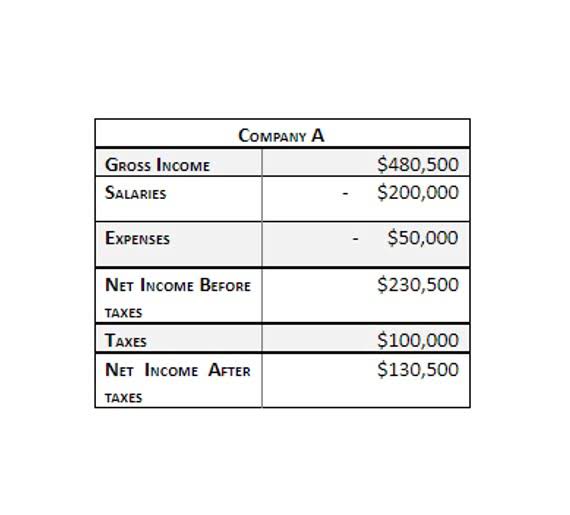Learn Accounting Online for Free

Smithfield has committed to reduce overall emissions in its United States supply chain 25 percent by 2025. And Danone, as part of its journey to be carbon neutral by 2050, has set a goal to reduce its scope 1, 2 and 3 emission intensity by 50 percent by 2030. Scope 3 emissions are often much greater than the company’s scope 1 and 2 emissions, making up over 70 percent of companies’ total emissions in most sectors. In order to set a meaningful emissions reduction target, companies must also account for scope 3 emissions. Scope 3 emissions are usually the hardest to influence because companies have limited control over activities happening up- and downstream of their own operations. To better understand these concepts and how to apply them, take bookkeeping courses that will allow you to practice them.
Develop a solid understanding of these key areas to effectively perform accounting tasks, interpret financial data, and make informed financial decisions. Bookkeeping is the process of tracking and recording a business’s financial transactions. These business activities are recorded based on the company’s accounting principles and supporting documentation. Bookkeeping is the practice of organizing, classifying and maintaining a business’s financial records. It involves recording transactions and storing financial documentation to manage the overall financial health of an organization. Most businesses use an electronic method for their bookkeeping, whether it’s a simple spreadsheet or more advanced, specialized software.
Assets in Accounting
Effective bookkeeping requires an understanding of the firm’s basic accounts. These accounts and their sub-accounts make up the company’s chart of accounts. Assets, liabilities, and equity make up the accounts that compose the company’s balance sheet. The single-entry bookkeeping method is often preferred for sole proprietors, small startups, and companies with unfussy or minimal transaction activity. The single-entry system tracks cash sales and expenditures over a period of time.

Most small businesses will either do their books themselves or outsource the work to a professional. Every transaction you make needs to be categorized and entered into your books. But for the sake of explaining the basics of bookkeeping, here are the first seven steps you’ll need to walk through to get bookkeeping tutorial your bookkeeping machine humming. When you’re stuck in the minutiae of reconciling your transactions, this won’t feel like “seven easy steps”. In this module, you’ll be introduced to the role of a bookkeeper and gain an understanding of how to use the accounting equation and double-entry accounting.
Access to detailed records of all transactions
Your electronic Certificate will be added to your Accomplishments page – from there, you can print your Certificate or add it to your LinkedIn profile. If you only want to read and view the course content, you can audit the course for free. We asked all learners to give feedback on our instructors based on the quality of their teaching style.
The financial transactions are all recorded, but they have to be summarized at the end of specific time periods. Other smaller firms may require reports only at the end of the year in preparation for doing taxes. Bookkeeping is the process of keeping track of every financial transaction made by a business firm from the opening of the firm to the closing of the firm.


No comments yet.